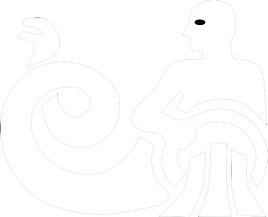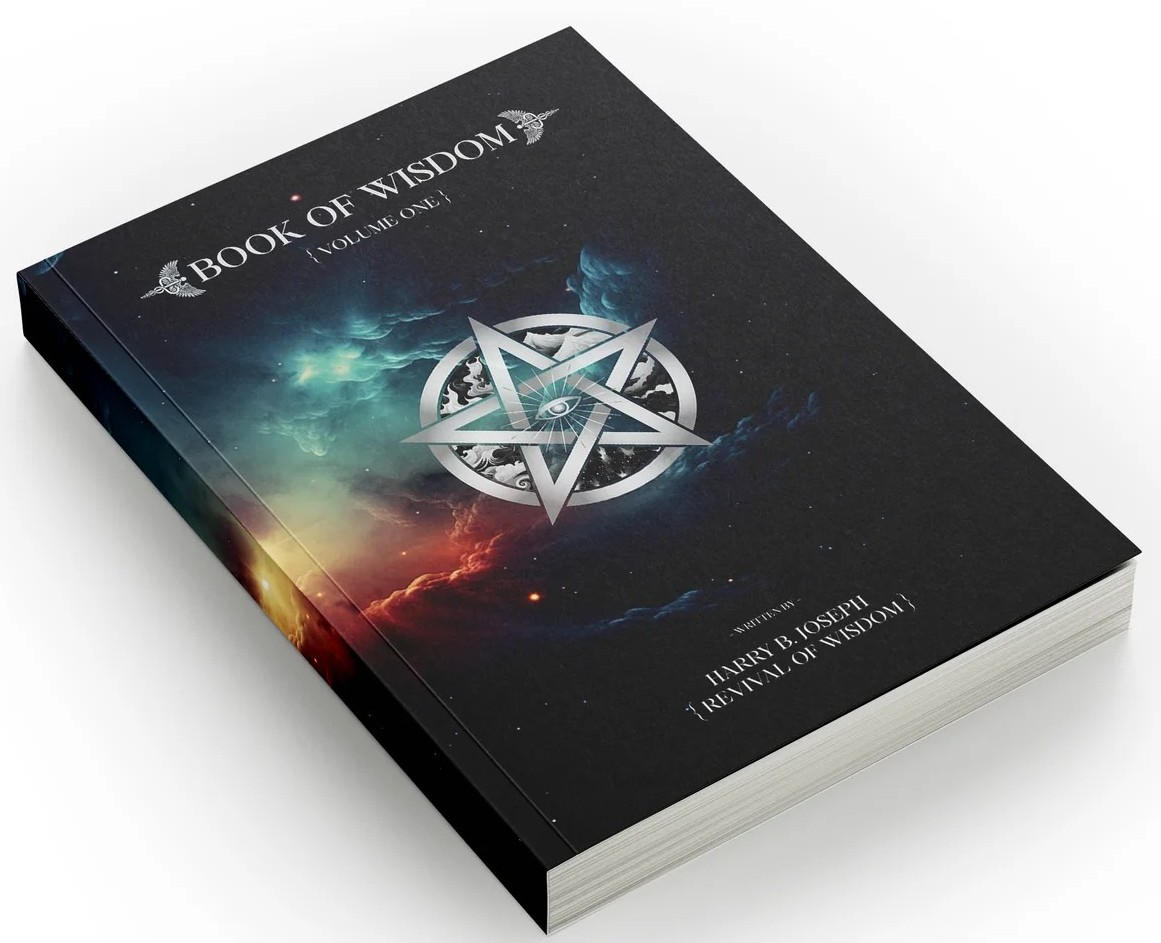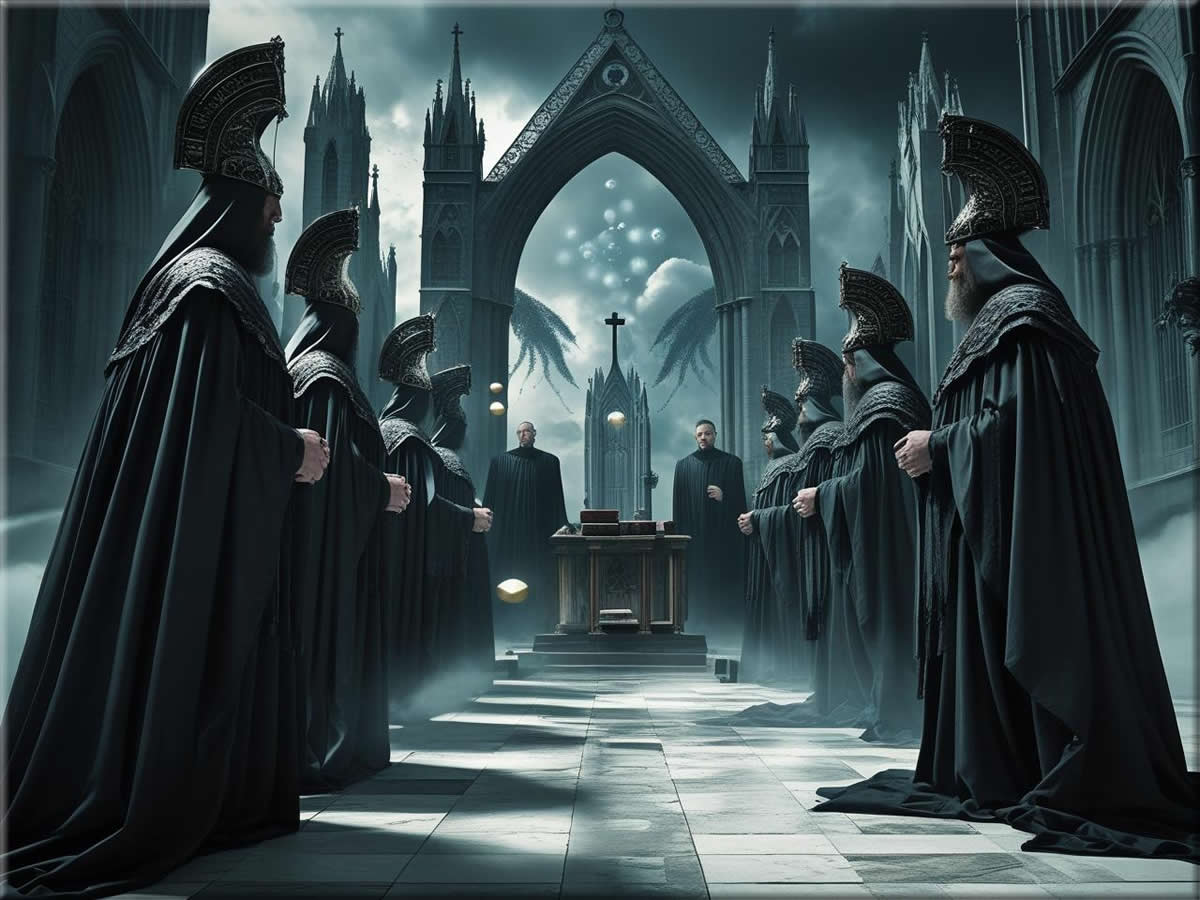
Fear And Faith: Life Under The Spanish Inquisition
The Spanish Inquisition wasn’t just a blip in history; it was a period marked by complex dynamics of control, religion, and power. Its origins date back to the late 15th century, a time when Ferdinand II of Aragon and Isabella I of Castile united their countries under a single, Catholic faith. This drive for religious unification was primarily intended to solidify their reign and protect their kingdom from perceived threats, both external and internal.
However, fear was not merely an accident of the Inquisition but a calculated choice. This emotion, as potent as any weapon, was wielded to keep individuals in line, to force conversions, and to root out heresy. The systemic use of intimidation showcased how fear can govern societies, infecting every aspect of daily life. The peasantry, nobility, and clergy all knew its potent influence, yet more subtly, it offered a guise of safety-a false security from divine punishment.
Faith played its own dual role. On the one hand, it was a heartfelt belief system, followed with devotion, that provided meaning and purpose. On the other hand, it justified actions that would otherwise seem untenable. The same faith that uplifted people also rationalized their suffering, whether it protected souls or consolidated power. For many, the Church served as the ultimate authority, influencing every aspect of life, promoting conformity, and discouraging dissent.
The Catholic Church stood as the orchestrator of this massive initiative, shaping perceptions through doctrine and decrees. The Church’s influence extended beyond the pulpit, infiltrating politics and law, and framing first the Roman Inquisition as not merely necessary, but divinely mandated. Periodic sermons and papal bulls only heightened the sense of divine mission, amplifying fear while nurturing faith.
The Catholic Church and Its Instrument of Power
The Catholic Church was more than just a spiritual guide during the Spanish Inquisition; it was a vast political entity with considerable influence. At a time when spiritual allegiance was closely tied to political power, the Church leveraged its authority to shape the destinies of continents. This was not merely about religious conformity, but also about securing temporal power —a tactic evident in its role during the Spanish Inquisition.
Papal support was crucial in legitimizing the Spanish monarchy’s endeavors. The Pope’s decrees carried significant weight, both reinforcing and, at times, challenging royal authority. This intricate relationship between the Church and the monarchy was one of mutual necessity. The Inquisition became a testament to how religion and politics could intertwine, sometimes blurring lines between divine will and earthly governance.
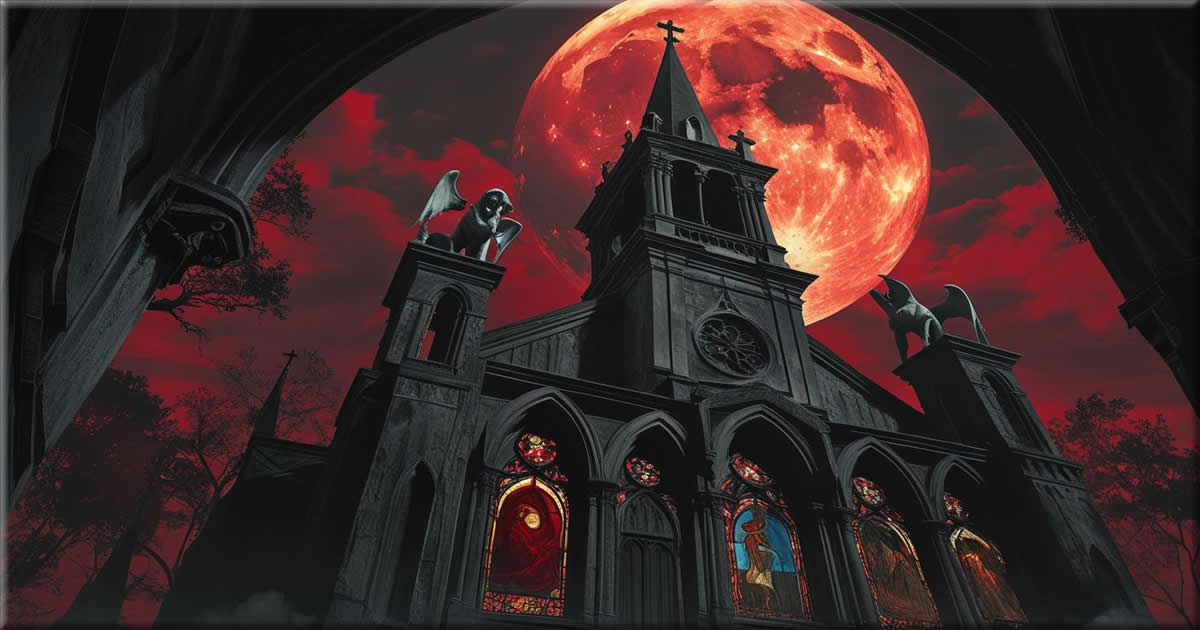
Inquisitors, backed by the Church’s authority, wielded immense power. These clerical figures, granted significant autonomy, could enforce religious codes with little interference. Their influence reached from the most important cities to the smallest villages as they reshaped local governance under the guise of religious purity. Through them, the Church extended its reach, ensuring its doctrines were followed strictly.
Yet, within the Church, opinions differed. Criticism arose not just from ordinary folk but also from clergy members, who questioned the ethical implications of the Inquisition’s methods. Some saw it as a perversion of Christian teachings, while others viewed it as a necessary purification. These internal debates signaled a complex institution grappling with its role in a rapidly evolving world.
Recognizing the duality within the Church during the Inquisition can offer valuable insights into how faith institutions might struggle with power dynamics. The narratives from this period challenge us to understand how religions, when entwined with political ambitions, can diverge from their core messages.
The Book of Wisdom is a must-have book for every free-thinker and truth-seeker. It offers a wealth of knowledge, encompassing both surface-level truths and deep, hidden insights from the esoteric realm.
Key Figures Behind the Inquisition’s Veil
The individuals who drove its operations and gave it a human face characterized the Spanish Inquisition, along with its institutional powers. Among these was Tomás de Torquemada, perhaps the most infamous of Inquisitors. As the first Grand Inquisitor, Torquemada established rigorous protocols and became synonymous with the pervasive climate of fear. His name remains etched in history as a symbol of religious extremism and relentless pursuit of orthodoxy.
Beyond Torquemada, other figures also played critical roles in shaping the Inquisition’s narrative. Each had a unique background that brought different dimensions to their interpretation and application of religious law. Some devout believers firmly believed in the righteousness of their mission, while others chased personal ambition or sought political advantage.
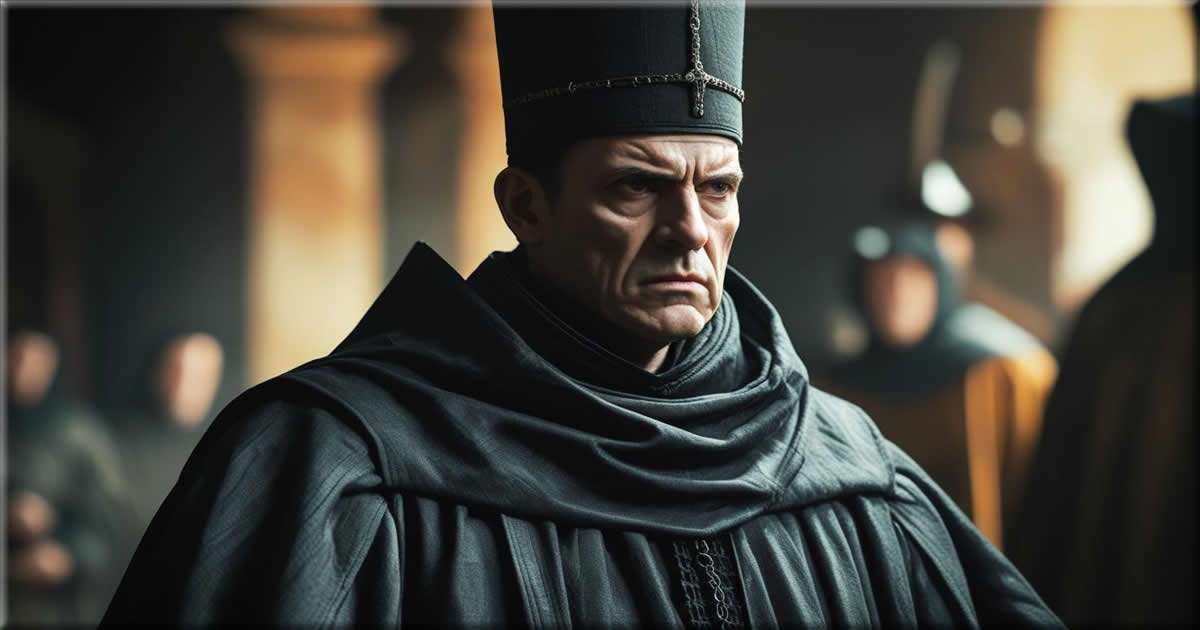
Clergy didn’t just lead the Inquisition. It included secular figures and those from various social strata who contributed to its operation. These individuals expanded the reach of Inquisitorial power by consolidating resources and enforcing compliance across their territories.
Not every religious leader or Church figure was an Inquisitor at heart. Abbot Charles, for example, took a more moderate approach, often advocating for leniency. These polarized figures within the Church exemplify the complexity of the organization, as individuals usually struggle to reconcile their conscience with their duties.
Reflection on these figures today invites us to consider how individual actions within a powerful institution can shape historical narratives. Their legacies prompt critical discussion about personal responsibility amidst systemic operations, a concept still relevant in understanding the relationship between personal belief systems and ideological enforcement.
Torture, Trials, and Terror: The Operations of Inquisition Courts
The mechanics of the Spanish Inquisition were brutal, with torture and public trials serving as stark reminders of the regime’s unwavering power. The Inquisition courts operated with a unique blend of religious fervor and judicial severity, creating a chilling environment where fear became ingrained in the societal fabric.
Prosecutors meticulously structured trial processes to impose psychological and physical pressure on the accused. Authorities often isolated accused heretics, denied them fundamental rights, and subjected them to grueling interrogations. Many endured torture as a method to elicit confessions, rationalized at the time as necessary to save souls. Methods like the rack or water torture, while grotesque, were shockingly standard within the context of these trials.
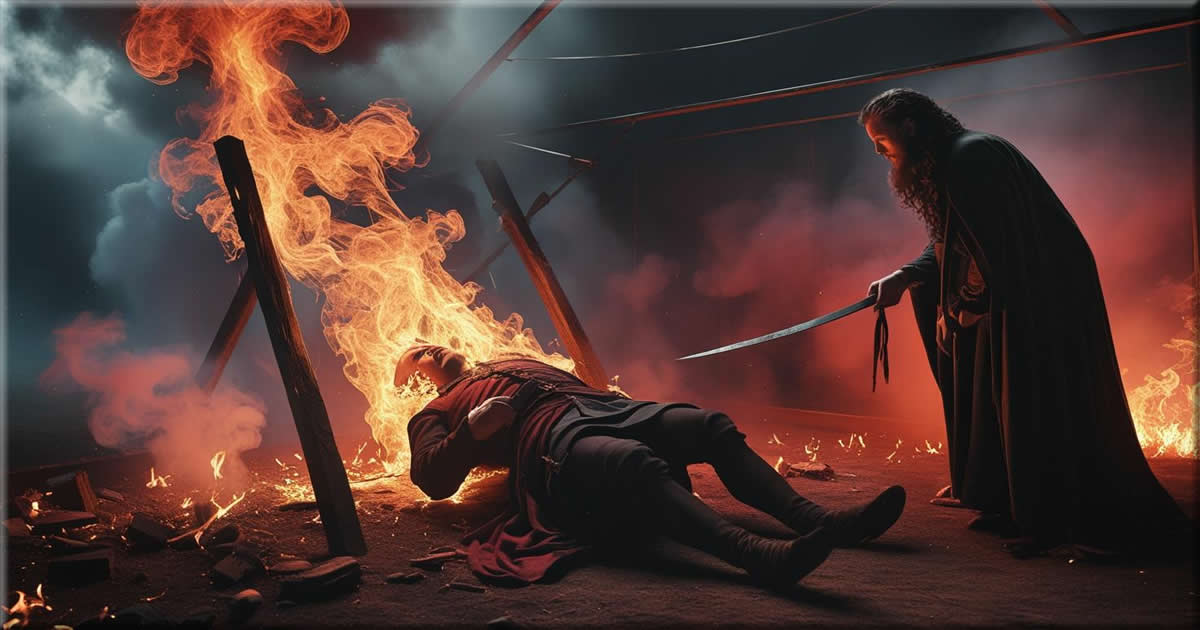
Living under the threat of being accused reshaped the way communities functioned. The ever-present fear of denunciation led to a culture of suspicion and betrayal, often pitting neighbor against neighbor. Families lived in constant anxiety, knowing that a wrong word or gesture could lead to dire consequences.
These intense environments disrupted familial and community bonds. Personal vendettas and jealousy often fueled accusations, adding another layer of complexity to the sheer terror that the populace experienced.
Historical documents and testimonies shed light on these grim realities, with survivors’ stories chronicling harrowing ordeals. These records are crucial in understanding how the mechanisms of the Inquisition thrived on terror, serving as both a literal and psychological punishment.
Persecutions and Notable Victims: A Tale of Suffering
The repercussions of the Spanish Inquisition were felt most deeply by those who stood accused. Their stories of persecution reveal a raw narrative not just of suffering, but of resilience and fortitude in the face of overwhelming odds. Driven by the intolerance and fear the Inquisition propagated, countless individuals—Jews, Muslims, converts, and even fellow Christians—became its victims, often enduring extreme punishment simply for their beliefs or origins.
Volume 2 continues the profound themes introduced in the predecessor even deeper into the complexities of existence and the pursuit of knowledge, encouraging readers to question established beliefs.
Prominent among the known victims was Dr. Juan Luis Vives, a Spanish scholar who, though he managed to evade the worst by leaving Spain, lived with the constant fear of persecution. His contributions to humanism and reform are a testament to the resilience of those who suffered under the Inquisition’s gaze. Similarly, Marranos, or Jewish converts to Christianity, faced relentless scrutiny, and their existence testified to their survival under pressure.
Communities often became targets, too. The forced conversions and mass expulsions fragmented families and disrupted cultural continuity. For those who managed to escape physical persecution, the psychological scars—fear of denunciation, the trauma of trial, and the stigma of heresy—remained.
Additionally, the narratives of survival serve as a powerful reminder of the human spirit’s resilience in the face of institutional oppression. These stories encourage critical reflection on past injustices and highlight the importance of historical accountability. They underscore a broader message: societies flourish when diversity is embraced rather than feared.
Related Topics



